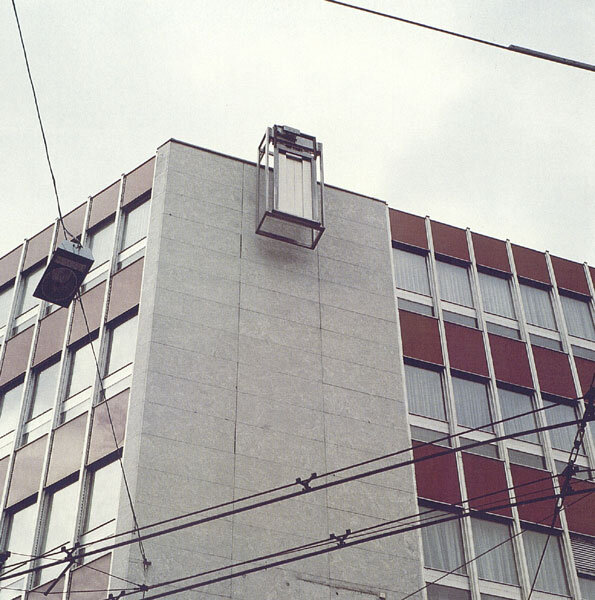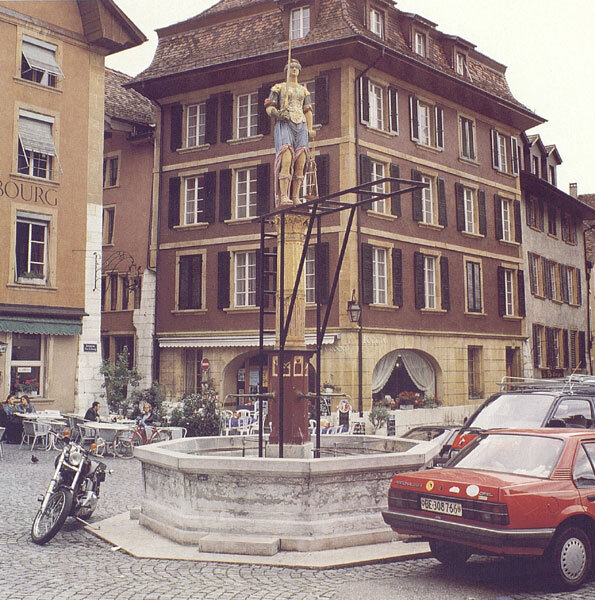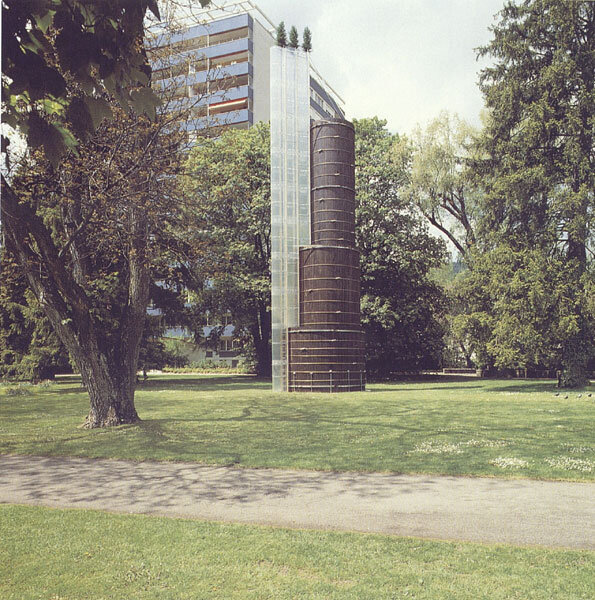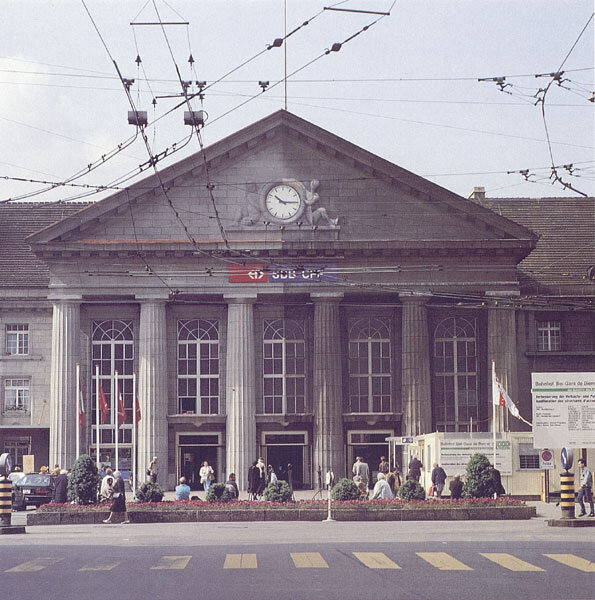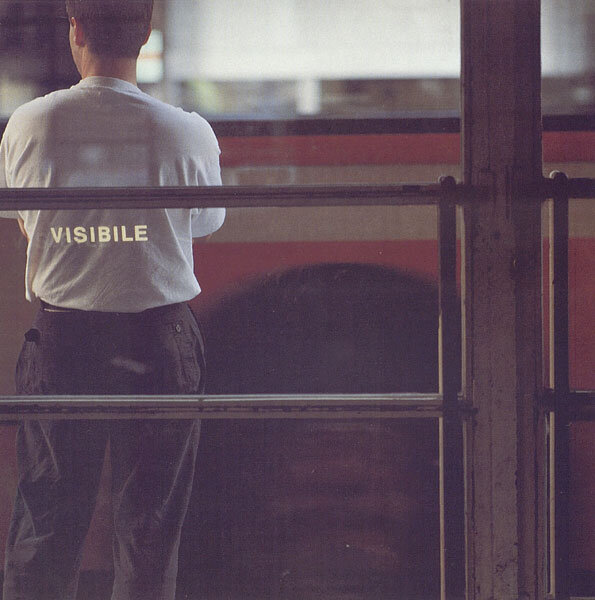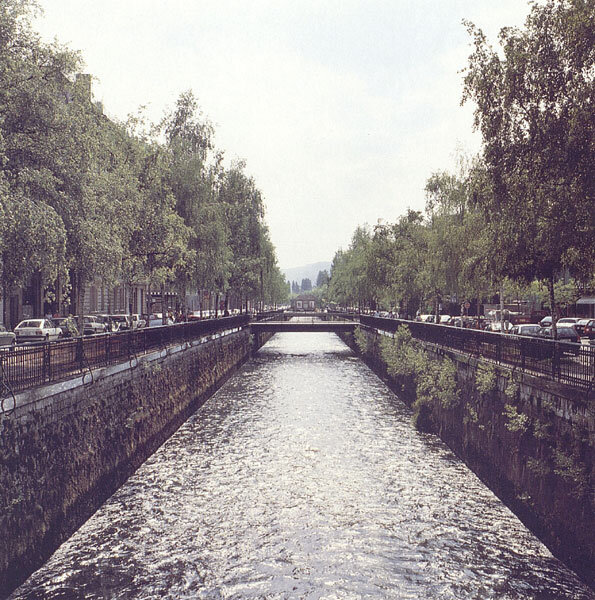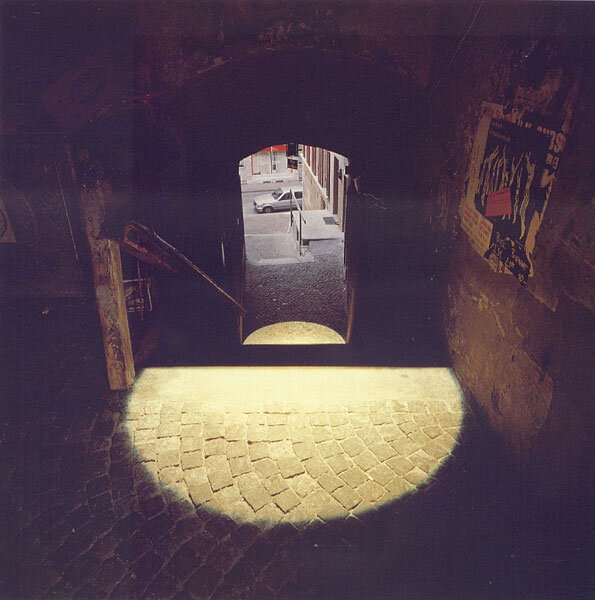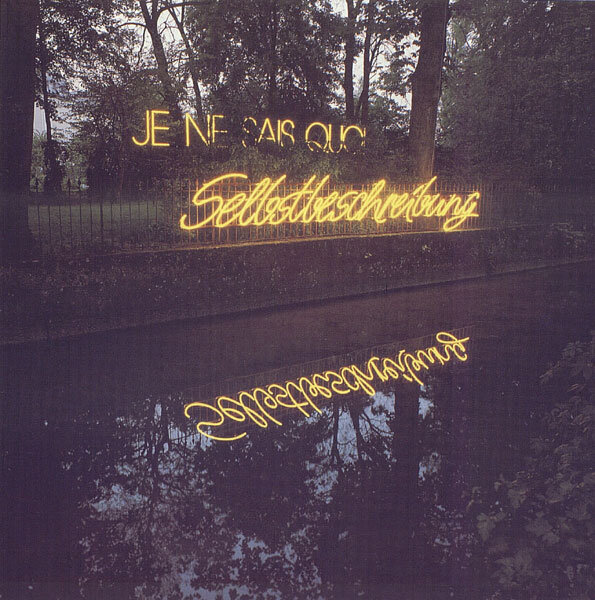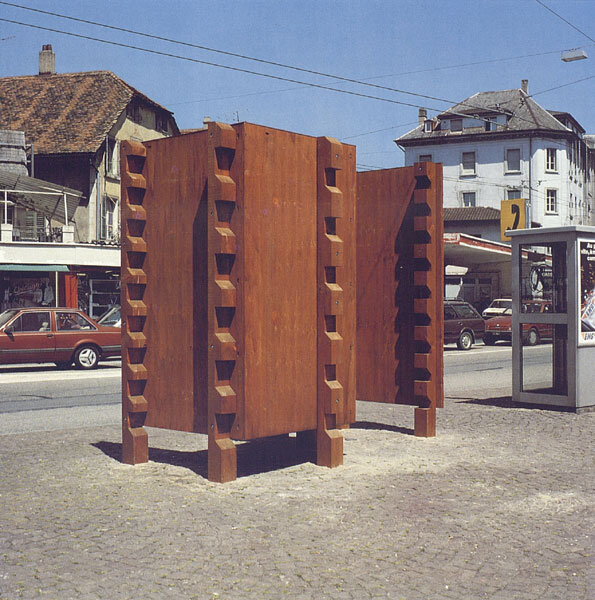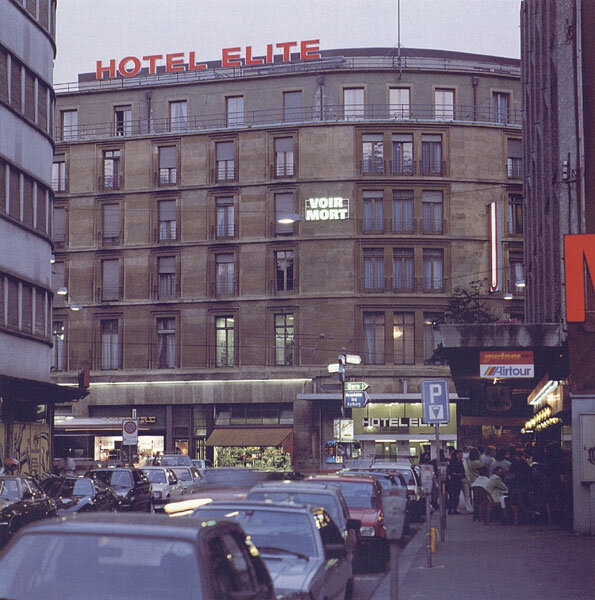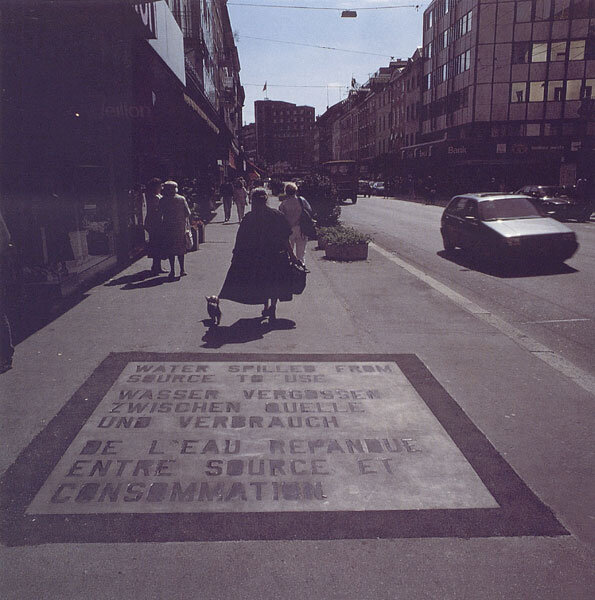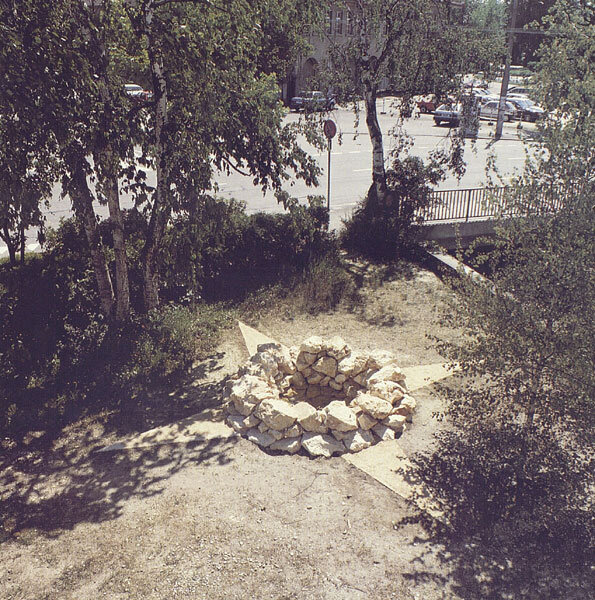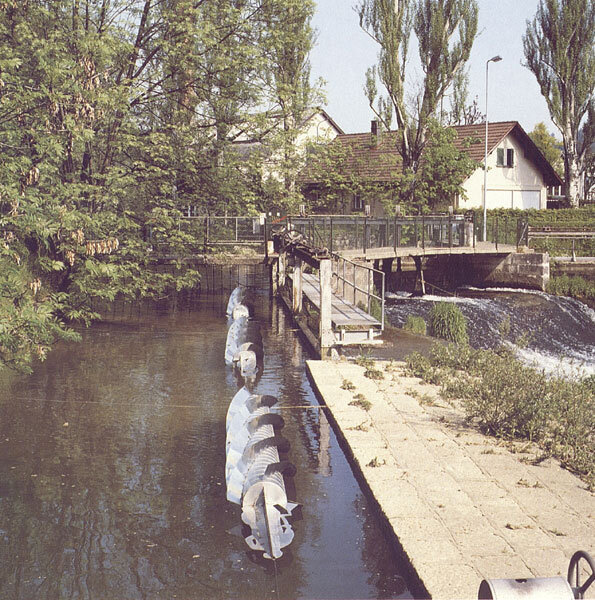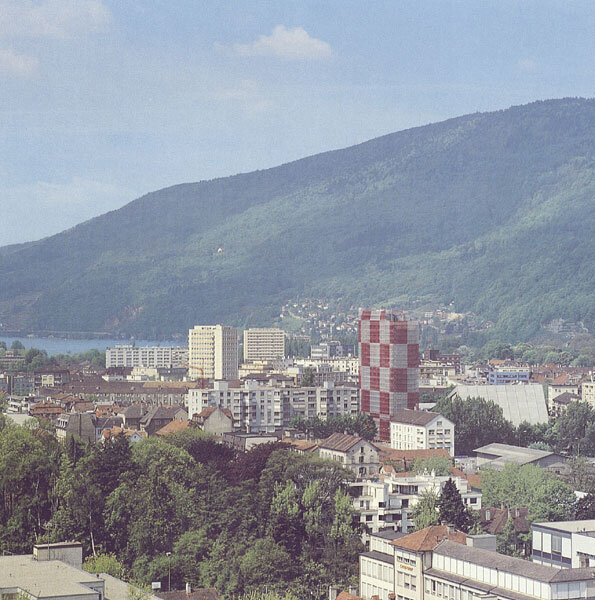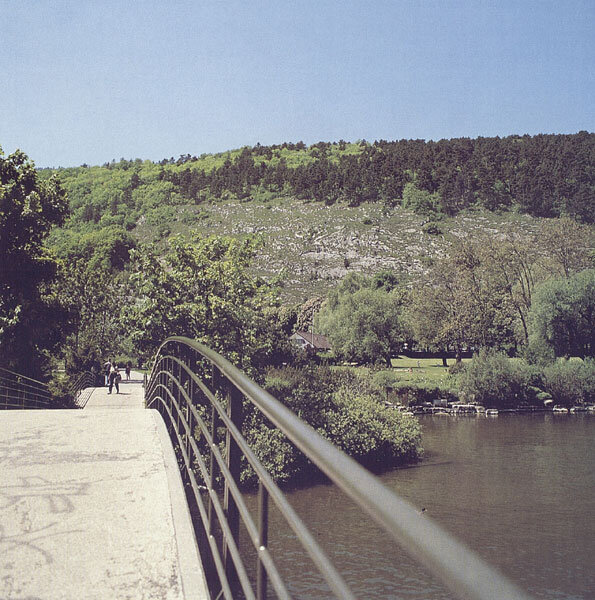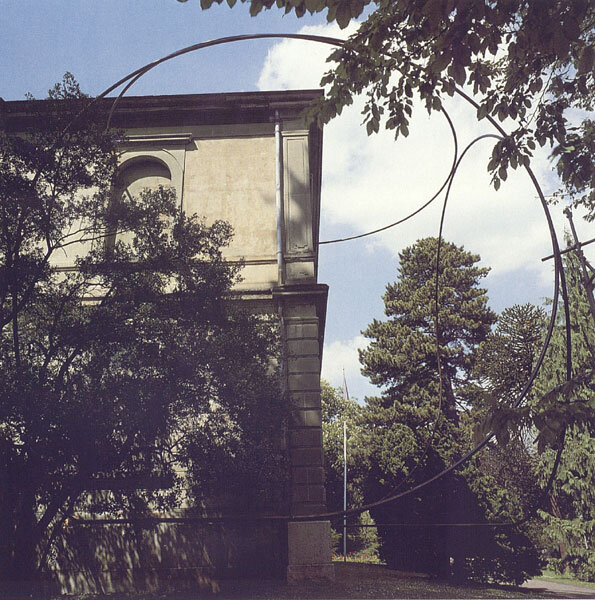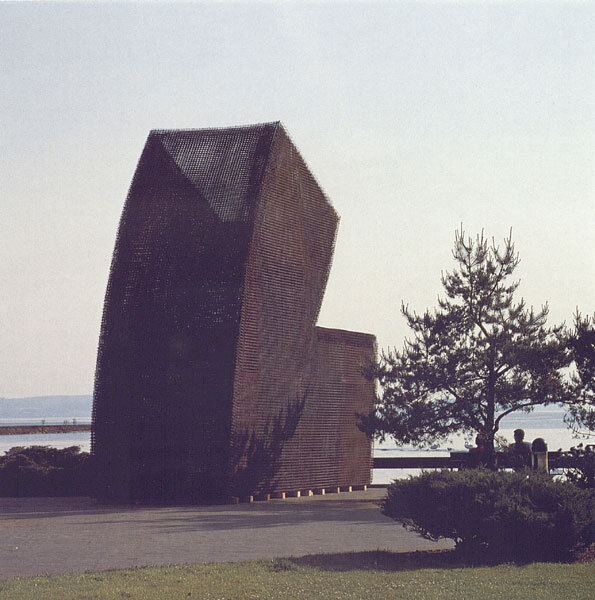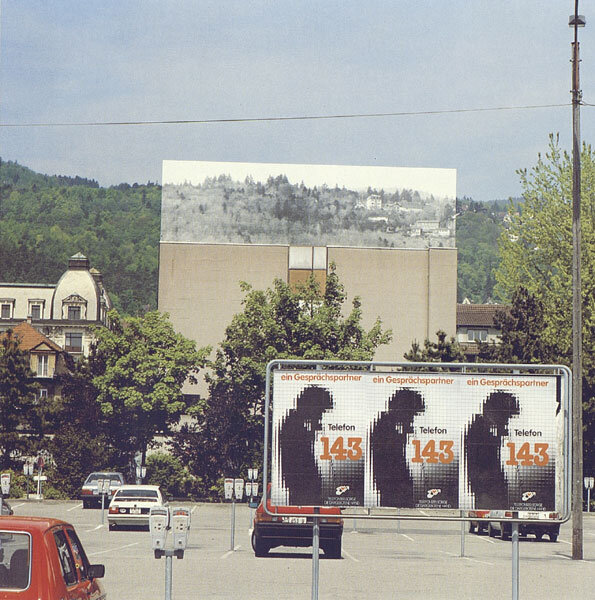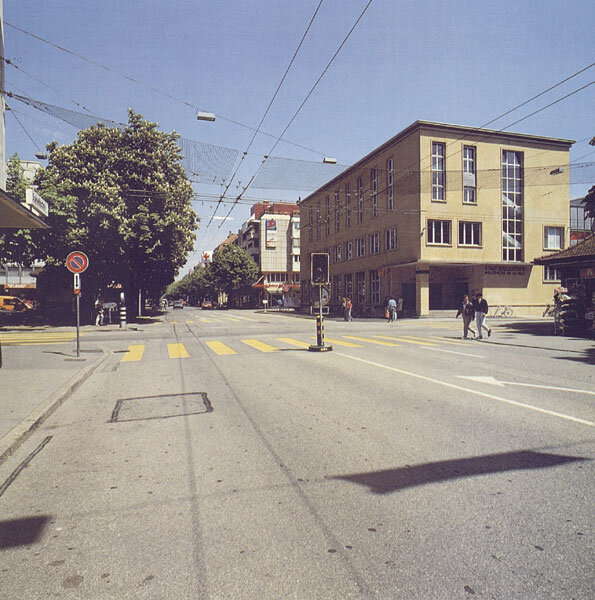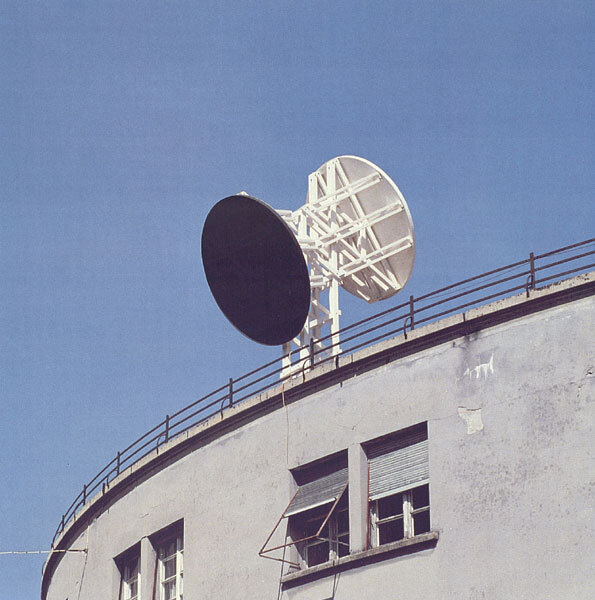TABULA RASA
Mario Erdheim
Some psychoanalytical thoughts on monuments
Monuments or memorials are supposed to sustain memory. Memory re-presents the past. But the question is:how should monuments remindwhomof what? They are supposed to elicit intellectual activity, thought – the German word for "monument" is "Denkmal", i.e. a "mark for thought" – and remind them of something that is past but continues to hold power and relevance. This is not to be taken for granted, as psychoanalysis also deals with a different kind of re-presentation called "acting out", which is different from thinking. "Acting out" refers to an action performed unconsciously to re-enact a past action or event. It is only when humans consciously think to remember that they may avoid the compulsion to repeat, that they may break their minds fateful coercion to always do what eludes their comprehension.
Seen in this light, most monuments represent instigations to act out. Monuments to warriors, for example, usually do not make people think, but rather entice them to wage more war. Even when we are dealing with memorials, it is difficult to think clearly, a fact that reveals a characteristic of monuments: they appeal to the superego. Actually, they are not, as has been claimed, descendants of the phallus but rather of the index finger raised in warning. The purpose of monuments is to impress something on people, such as the greatness of a warrior; or to instruct them: this is where such and such an event occurred; or to warn them, "Lest we forget!" The superego is the psyche's function that does not need to rely on insights, but makes imperative demands – the point is not to think and deliberate but to obey. Musil's acute observations that monuments are invisible, and that whoever is memorialised in a monument is actually condemned to eternal oblivion, also refer to the superego: as the individual who tends to respond to a strict superego by avoiding it, people overlook exhortatory monuments, forgetting the very thing they should remember.
Such monuments reflect a very specific form of historiography. It is the kind that has no answers to the questions from Brecht's "Worker Who Reads": "... and Babylon, many times demolished. Who raised it up so many times? [...] Great Rome is full of triumphal arches. Who erected them? Over whom did the Caesars triumph?" (from Bertolt Brecht,Poems 1913-1956, M. Hamburger, trans.; Methuen, New York, London 1976). But even if the monuments did have something to say about these things, if they could actually list the names of all the workers, of all the suppressed and exploited peoples – while monuments are superego-markers, they are also the graves into which our awareness of the past has been made to disappear.
Self-reflective modernist art has struggled greatly to impose itself over and against monuments that are so decidedly impervious to intellectual thought. Where this has been achieved, however, significant structural changes have occurred, similar to changes in the individuals who no longer obey the superego's commands, but are led by the insights of their egos. Such monuments have lost their monumentality, and are as unobtrusive as the voice of reason, nor do they proscribe the laughter that destroys any sacred aura. They do not impose themselves but seduce us by their mystery. They do not smooth over the contradictions but stimulate thinking by presenting their paradoxes openly. They avoid the sacrality that paralyses any intellectual activity, and make reference to the everydayness of life.
Mario Erdheim
© Translation from German, August 2008: Margret Powell-Joss

